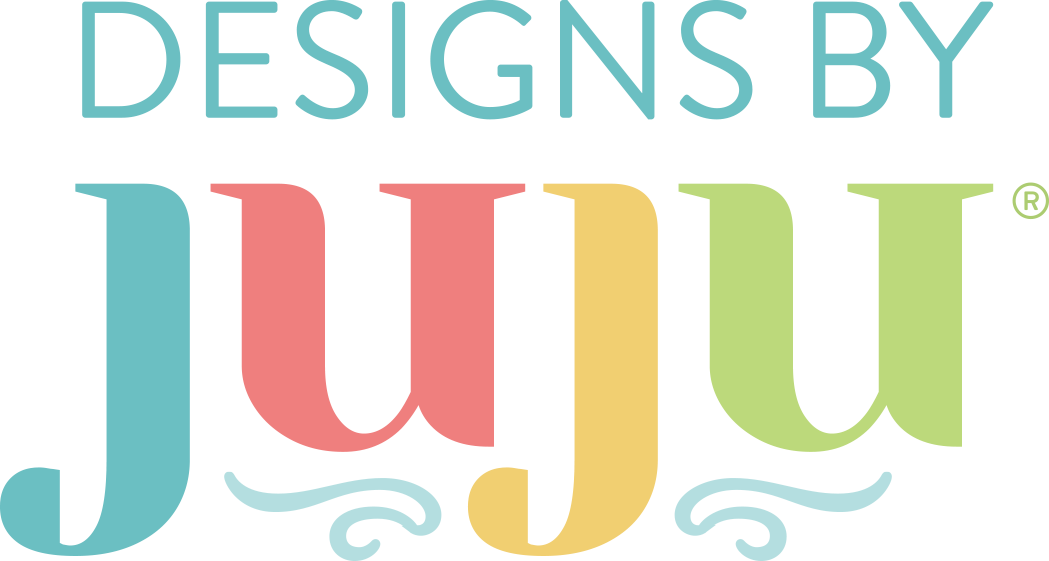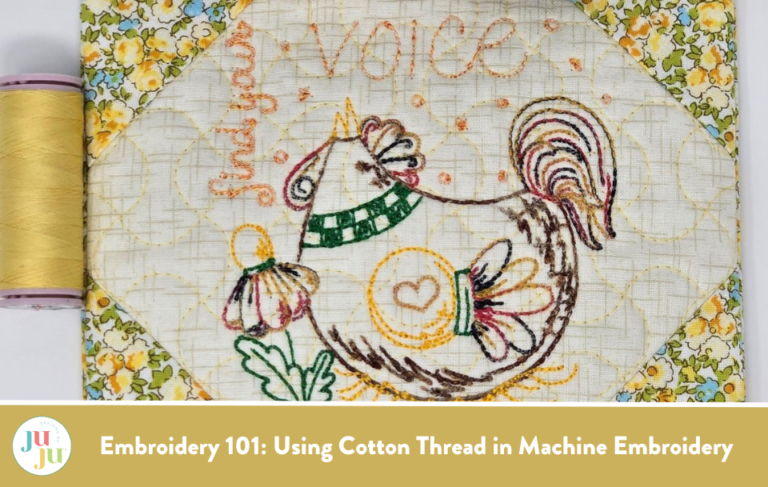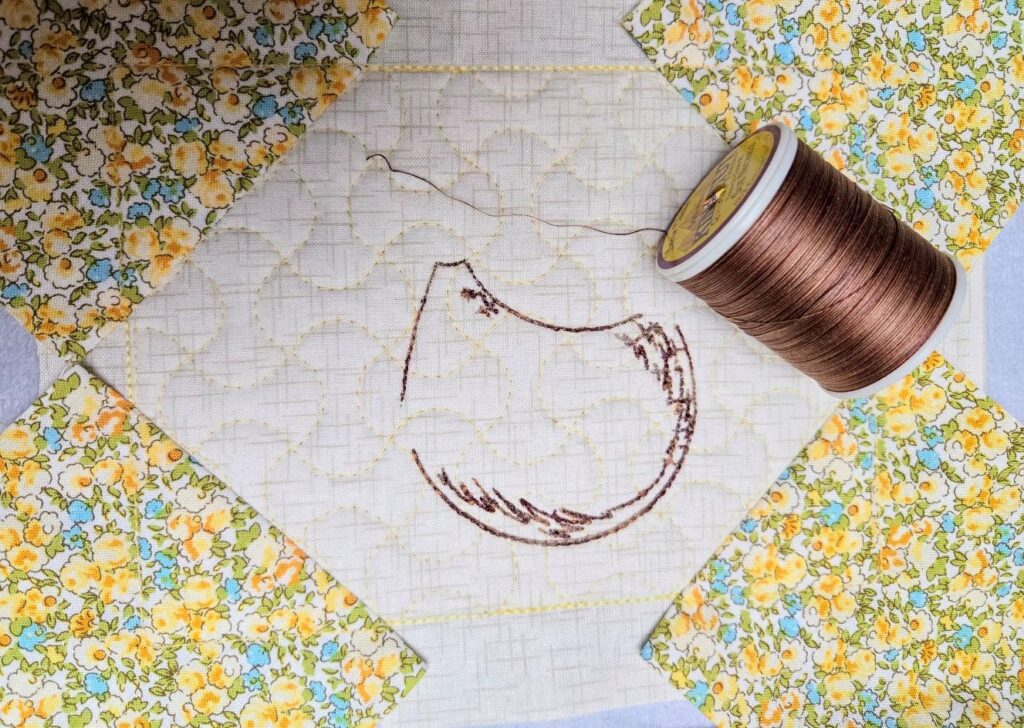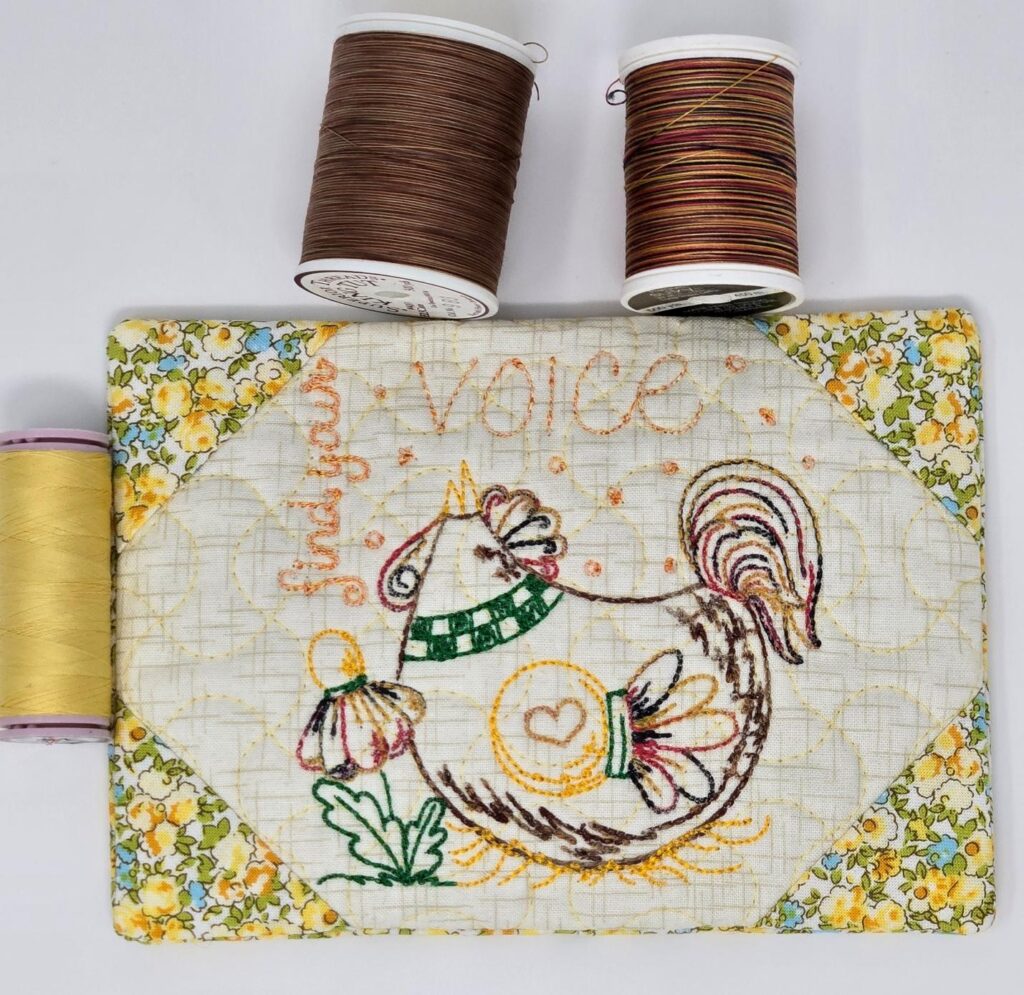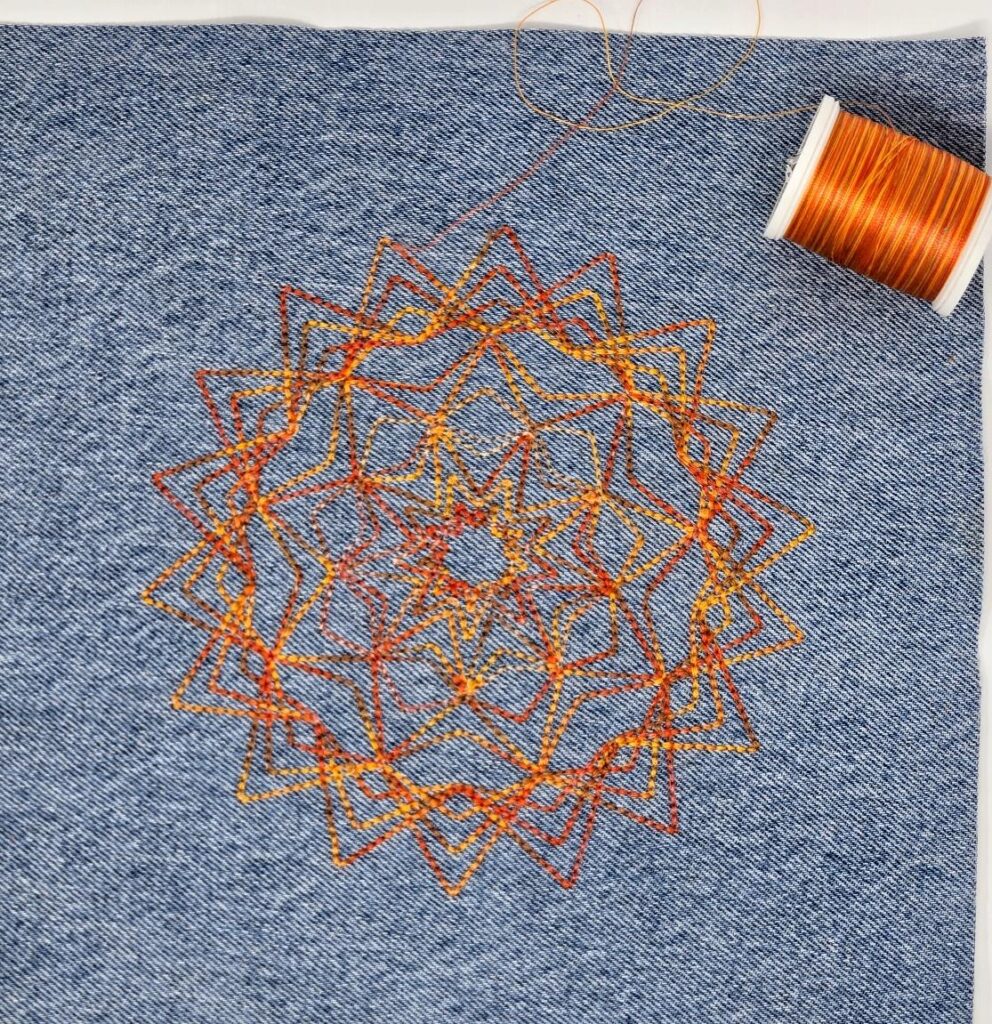Embroidery 101: Using Cotton Thread in Machine Embroidery
Whether you're a curious beginner or looking to refine your skills, understanding and using the right materials can make all the difference. In this post, we’ll dive into the essentials of using cotton thread for machine embroidery, exploring its unique qualities, benefits, and tips for achieving stunning results. So, grab your embroidery machine, let's thread the needle, and unleash your creativity!
Have you ever thought about using cotton thread in machine embroidery? Polyester and rayon threads often steal the spotlight for us embroiderers due to their strength and shine. However, cotton thread can be a wonderful option depending on your project.
Cotton thread has a soft finish and natural texture and can give your projects a unique look that is reminiscent of antique pieces you might see in Grandma's house. I highly recommend experimenting with it.
Things to Consider
When choosing a cotton thread to use in your embroidery project, there are a few things to consider:
- If you’ve used polyester and rayon machine embroidery threads, you’ll know they are generally 40 weight. Cotton threads, on the other hand, are a bit thicker at 30 weight (the lower the number, the thicker the thread). Be sure that the design you’re planning to use can account for the thickness of the thread.
- Cotton thread does not have the sheen of rayon or polyester because it is an organic product. When you are using this type of thread, your designs will be matte and have a more natural look and feel.
- Check the spools before you buy them, and make sure you have "long staple" cotton thread. This is a sturdier type of thread, which is better for machine embroidering. Other cotton threads are far more delicate and may break apart when used in a machine. You can find the specific type of thread on the spool’s end. If it doesn’t say long staple, then it most likely is not. A good place to check is the thread manufacturer’s website. They usually have great tips for the types of thread they offer.
- Cotton thread will attract more lint, so you may need to clean around the foot and needle a few times as you’re embroidering.
- With a thicker thread, you will need a larger needle eye. I like to use a topstitch needle for my cotton thread projects.
- Do not use your machine’s automatic needle threader. It was designed for finer, 40 weight thread.
As you can see from the photo above, I love variegated threads! The spools of variegated threads are all 30 weight.
You will see the thread weight listed as #30/3 on the top of a spool. This means the thread has 3 strands or plies of cotton twisted together.
There are also #30/2 weight threads, which have only 2 plies of thread. They are both considered 30 weight thread, but the 3-ply is a bit thicker than the 2-ply.
The small spool of yellow is a 60 weight, 100% cotton thread. It is great for quilting the background of your machine embroidered project. With the 60 weight thread, I used my #75/11 embroidery needle because the 60 weight is finer than rayon or polyester embroidery threads.
Choosing a Design
When selecting an embroidery design to use with cotton thread, choose one that is more open. It will not only show off the thicker thread but will give you a smoother result. If your needle is going up and down in the same spot, as it often does in denser designs, the point can easily pierce the cotton thread. Since cotton thread is not as strong as rayon or polyester thread, the friction created between the needle, fabric, and thread can easily cause the cotton thread to break. Be sure to slow your machine down. With the 30 weight thread, I set my machine speed as slow as it will go.
Find Your Voice Mug Rug Project
The first design I chose to stitch for this tutorial was the Find Your Voice Mug Rug from Designs by JuJu. I hooped a no-show mesh like this one and used a Fil-Tec bobbin. I followed the design directions for a 6” x 10” mug rug. I did the background quilting with the 60 weight, yellow, cotton thread. Then, I changed my needle and slowed my machine down to stitch the chicken body with the 30 weight, variegated brown cotton thread.
It stitched beautifully! No breaks, but a bit of lint accumulated that was easily cleaned out.
Since I already had my topstitch needle in, I did the words with a 20 weight, rayon twist thread. I kept using the slowest speed because this thread is on the thicker side too. The chicken’s comb, wattle, and flowers were done with the 30 weight cotton, again, at the slowest speed.
Since my cotton thread collection seems to be mostly variegated, I did change to a regular 40 weight rayon and a smaller embroidery needle to finish up the grass, beak, straw, and the rest of the mug rug.
I love how it looks! Now, let’s move to our next project.
Carrie Mandala Project
I decided to try my 30 weight, 100% cotton thread on a piece of denim. I love the mandala designs JuJu has on her site. I chose the Carrie Mandala. My plan was to make a zipper pouch, but I could easily imagine this design on a denim jacket back, around a flowy skirt, or even on a throw pillow.
I used my topstitch needle and slowed my machine down again. I have to admit, my thread did break once, on the last round of stitches. But I consider that a success!
Look at how beautiful this mandala turned out!
Don’t be afraid to try cotton embroidery threads. They produce an organic, denser look, because they sit on top of your fabric, and don't have that shiny-new look. As long as you are aware of the best practices for using them, they can give your projects a more natural—even vintage—aesthetic, which I think is lovely. Give cotton threads a shot in your next embroidery project, and don't forget to share your creations with us on social media using the hashtag #designsbyjuju!
